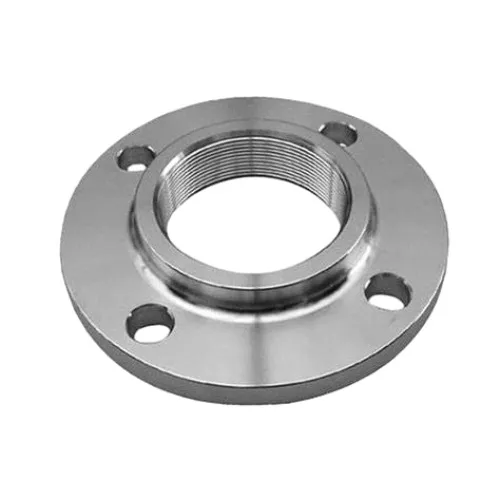-
Cangzhou Yulong Steel Co., Ltd.
-
Phone:
+86 13303177267 -
Email:
admin@ylsteelfittings.com
- English
- Arabic
- Italian
- Spanish
- Portuguese
- German
- kazakh
- Persian
- Greek
- French
- Russian
- Polish
- Thai
- Indonesian
- Vietnamese
- Zulu
- Korean
- Uzbek
- Hindi
- Serbian
- Malay
- Ukrainian
- Gujarati
- Haitian Creole
- hausa
- hawaiian
- Hebrew
- Miao
- Hungarian
- Icelandic
- igbo
- irish
- Japanese
- Javanese
- Kannada
- Khmer
- Rwandese
- Afrikaans
- Albanian
- Amharic
- Armenian
- Azerbaijani
- Basque
- Belarusian
- Bengali
- Bosnian
- Bulgarian
- Catalan
- Cebuano
- China
- China (Taiwan)
- Corsican
- Croatian
- Czech
- Danish
- Esperanto
- Estonian
- Finnish
- Frisian
- Galician
- Georgian
- Kurdish
- Kyrgyz
- Lao
- Latin
- Latvian
- Lithuanian
- Luxembourgish
- Macedonian
- Malgashi
- Malayalam
- Maltese
- Maori
- Marathi
- Mongolian
- Myanmar
- Nepali
- Norwegian
- Norwegian
- Occitan
- Pashto
- Dutch
- Punjabi
- Romanian
- Samoan
- Scottish Gaelic
- Sesotho
- Shona
- Sindhi
- Sinhala
- Slovak
- Slovenian
- Somali
- Sundanese
- Swahili
- Swedish
- Tagalog
- Tajik
- Tamil
- Tatar
- Telugu
- Turkish
- Turkmen
- Urdu
- Uighur
- Welsh
- Bantu
- Yiddish
- Yoruba

Nov . 07, 2024 08:39 Back to list
standard hose fitting size
Understanding Standard Hose Fitting Sizes
In various industries, the efficiency and safety of fluid transfer systems largely depend on the appropriate selection of hose fittings. These fittings ensure a secure connection between hoses and other components, preventing leaks and ensuring optimal performance. One of the essential aspects to consider when working with hose fittings is their size, typically referred to as standard hose fitting sizes. This article delves into the importance of understanding hose fitting sizes, how they are determined, and common standards to help you make informed decisions.
What Are Hose Fittings?
Hose fittings are mechanical components that facilitate the connection of hoses to various appliances, machinery, and other hoses. They come in various shapes and materials, including brass, stainless steel, plastic, and more, designed to suit different applications and environments. Proper selection of hose fittings based on size ensures that the components work seamlessly together, maintaining the integrity of the fluid system.
Importance of Standardization
Standardization in hose fitting sizes is crucial for several reasons
1. Interchangeability Standard sizes allow for the interchangeability of fittings across different manufacturers. This flexibility is essential in emergencies or when immediate replacement is needed. 2. Compatibility Using standard hose fitting sizes helps ensure compatibility with various hoses and equipment, reducing the chances of leaks and failures due to improper connections.
Common Standard Sizes
standard hose fitting size

Hose fittings are typically measured by their diameter, and sizes often vary by region and application. Here are a few commonly used standard sizes
- Dash Sizes This measurement system is predominant in the United States. It uses a dash number to indicate the nominal size of the fitting in sixteenths of an inch. For example, a dash -4 fitting corresponds to a ¼ inch inner diameter hose. - Metric Sizes In many parts of the world, particularly in Europe, metric measurements are more common. Standard sizes might be listed in millimeters (e.g., a commonly used size is 12mm, which approximately equals ½ inch).
- NPT and BSP Sizes The National Pipe Thread (NPT) and British Standard Pipe (BSP) are essential for threaded connections in plumbing systems. Both systems have their sizing standards, which need to be understood to ensure the right fit.
Selecting the Right Size
When choosing hose fittings, it's important to take the following into consideration
1. Hose Diameter Always measure the inner diameter of the hose to ensure a proper fit. 2. Application Requirements Consider factors such as temperature, pressure, and fluid type. Some applications may require specialized fittings designed to handle extreme conditions.
3. Material The material of the fittings should be compatible with the type of fluid being transported to prevent corrosion or degradation over time.
Conclusion
Understanding standard hose fitting sizes is fundamental for anyone involved in fluid transmission systems. Proper selection based on size, type, and material ensures efficient and safe operation, ultimately contributing to the longevity and reliability of the system. By adhering to established standards and guidelines, you can minimize risks and enhance the performance of your fluid handling processes. Always remember to verify sizes and specifications, as this will be key to any successful project involving hose fittings.
Latest news
-
ANSI 150P SS304 SO FLANGE
NewsFeb.14,2025
-
ASTM A333GR6 STEEL PIPE
NewsJan.20,2025
-
ANSI B16.5 WELDING NECK FLANGE
NewsJan.15,2026
-
ANSI B16.5 SLIP-ON FLANGE
NewsApr.19,2024
-
SABS 1123 FLANGE
NewsJan.15,2025
-
DIN86044 PLATE FLANGE
NewsApr.19,2024
-
DIN2527 BLIND FLANGE
NewsApr.12,2024
-
JIS B2311 Butt-Welding Fittings LR/SR 45°/90° /180°Seamless/Weld
NewsApr.23,2024











